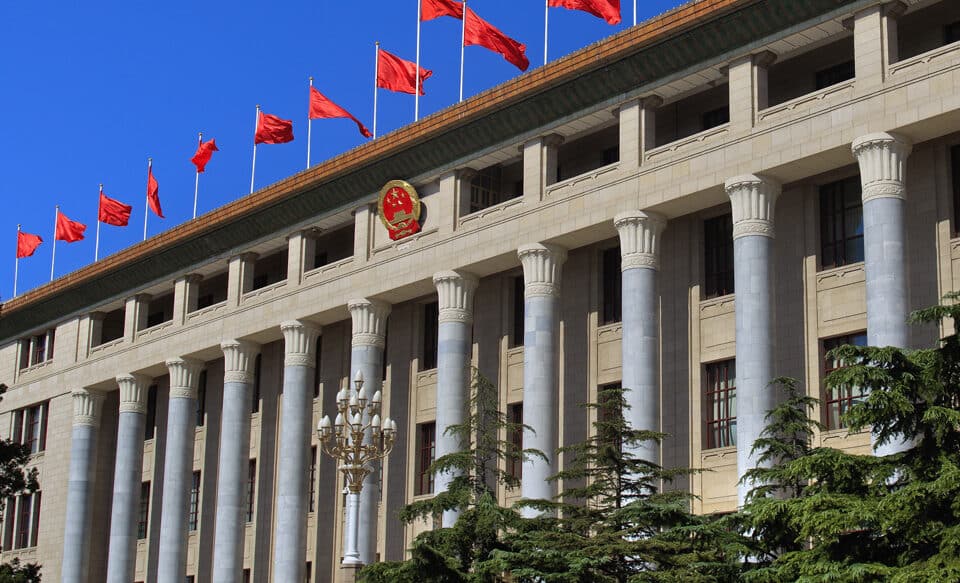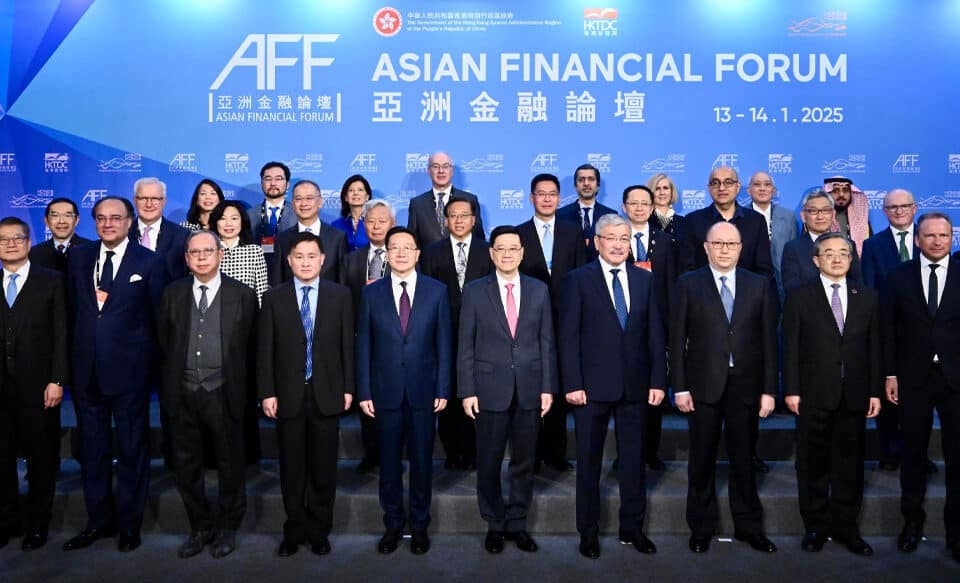Sandpiper is publishing a detailed research report on its Turbulent Times research of 3,050 business leaders in 27 countries. It shows 73% believe a fundamental cause of the tariff and trade conflict is the policies of the current US administration, against 62% who say it is China’s trade policies. Despite high levels of anxiety, 38% of business leaders in ASEAN countries and 21% in China say they are not well prepared to deal with current geopolitical risks.
- All
- AI and Emerging Technology Integration
- Aviation
- Capital Markets
- Company News
- Consumer Brands
- Content Strategy
- Corporate Communications
- Crisis and Issues Communications Management
- Digital Communications
- Education
- Energy and Environment
- Financial
- Government and Public affairs
- Health
- International media
- Media Relations
- Multimedia Design and Production
- Primary Industries
- Professional Services
- Property and Infrastructure
- Public Relations
- Research
- Strategy
- Technology
- Travel and Hospitality
Just hours before US President Donald Trump gave his joint congressional address on the other side of the world on 4 March, Premier Li Qiang took the stage in Beijing to unveil the key goals that would shape China’s macroeconomy over the coming months, including the much-anticipated GDP growth target.
As both China and the Middle East undergo significant economic realignment, ESG has emerged as a key driver of bilateral relationships between the two. For businesses eyeing opportunities in these emerging relationships, ESG adoption is not just an opportunity but a necessity.
This year may prove to be an inflection point for China’s macroeconomic strategy, as domestic challenges risk being exacerbated by an increasingly uncompromising external environment.
Throughout the two-day event, we gained insights that shed light on how businesses can formulate effective communication strategies in today’s rapidly evolving landscape.
The start of 2025 finds China’s business outlook clouded by uncertainty, against a backdrop of rising geopolitical risks and anxious headlines. These dynamics present both opportunities and challenges for global leaders, in what looks set to be a pivotal year for businesses in China.
- All
- AI and Emerging Technology Integration
- Aviation
- Capital Markets
- Company News
- Consumer Brands
- Content Strategy
- Corporate Communications
- Crisis and Issues Communications Management
- Digital Communications
- Education
- Energy and Environment
- Environmental, Social and Governance (ESG)
- Financial
- Government and Public affairs
- Health
- International media
- Media Relations
- Multimedia Design and Production
- Primary Industries
- Professional Services
- Property and Infrastructure
- Public Relations
- Research
- Strategy
- Technology
- Travel and Hospitality
Sandpiper is publishing a detailed research report on its Turbulent Times research of 3,050 business leaders in 27 countries. It shows 73% believe a fundamental cause of the tariff and trade conflict is the policies of the current US administration, against 62% who say it is China’s trade policies. Despite high levels of anxiety, 38% of business leaders in ASEAN countries and 21% in China say they are not well prepared to deal with current geopolitical risks.
Just hours before US President Donald Trump gave his joint congressional address on the other side of the world on 4 March, Premier Li Qiang took the stage in Beijing to unveil the key goals that would shape China’s macroeconomy over the coming months, including the much-anticipated GDP growth target.
As both China and the Middle East undergo significant economic realignment, ESG has emerged as a key driver of bilateral relationships between the two. For businesses eyeing opportunities in these emerging relationships, ESG adoption is not just an opportunity but a necessity.
This year may prove to be an inflection point for China’s macroeconomic strategy, as domestic challenges risk being exacerbated by an increasingly uncompromising external environment.
Throughout the two-day event, we gained insights that shed light on how businesses can formulate effective communication strategies in today’s rapidly evolving landscape.
The start of 2025 finds China’s business outlook clouded by uncertainty, against a backdrop of rising geopolitical risks and anxious headlines. These dynamics present both opportunities and challenges for global leaders, in what looks set to be a pivotal year for businesses in China.







